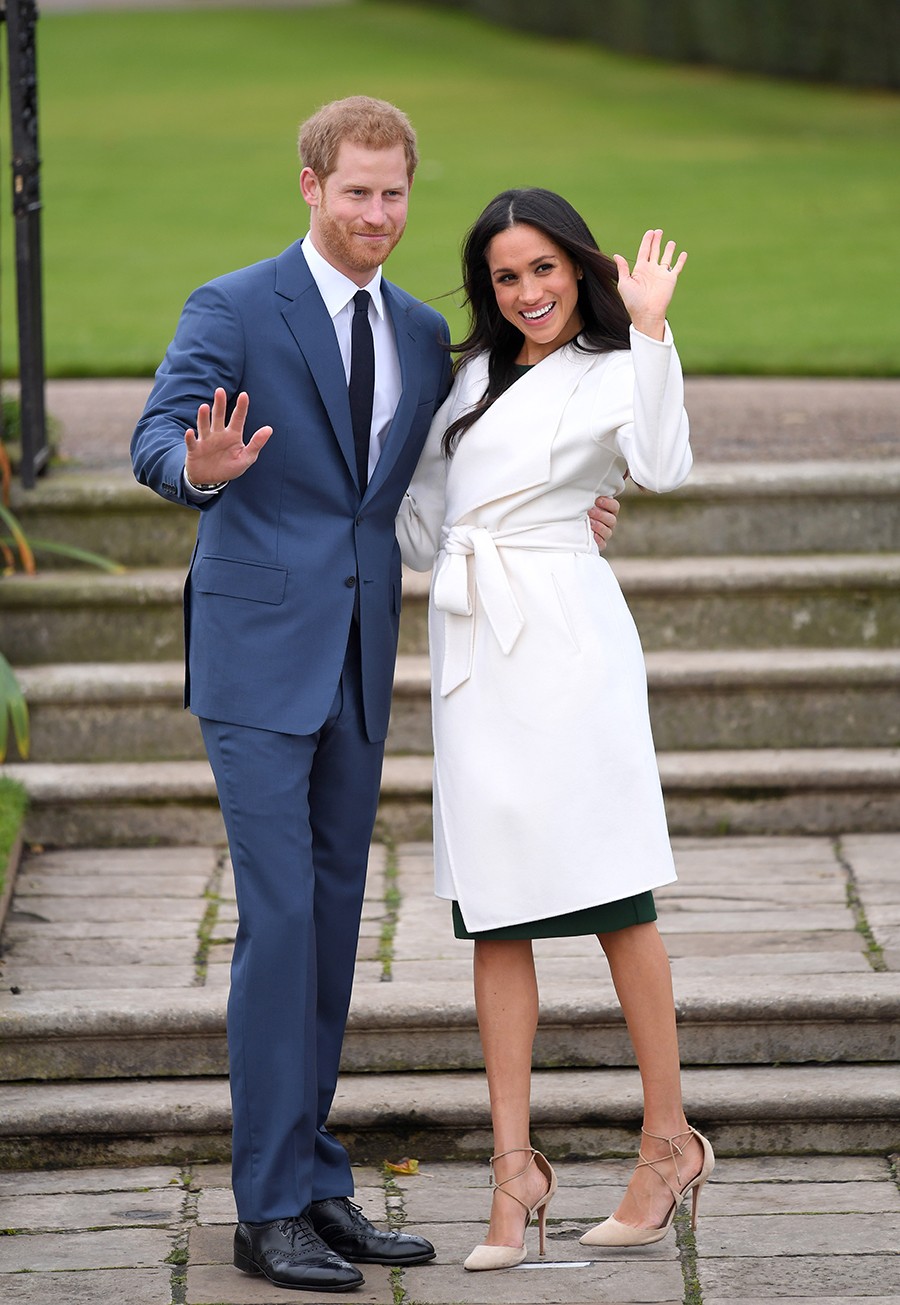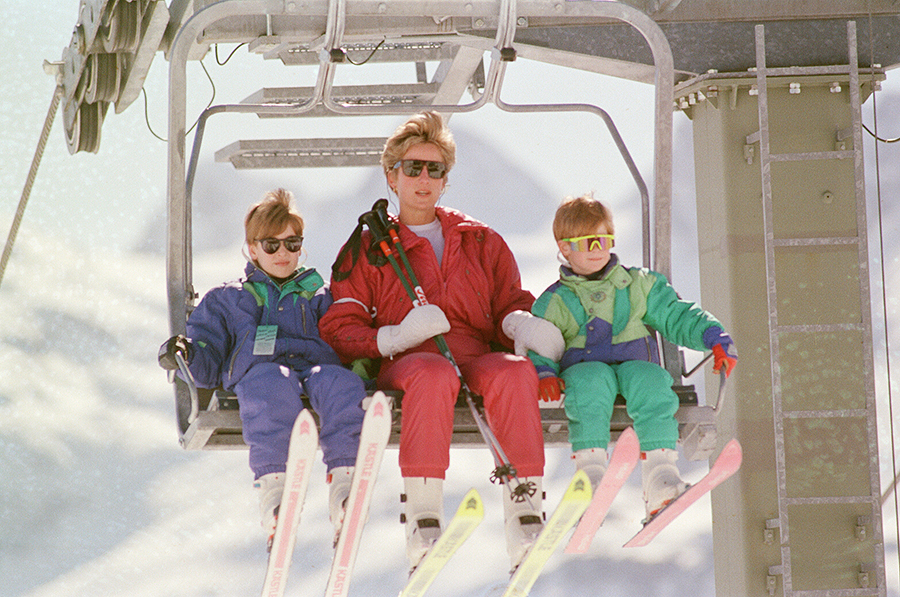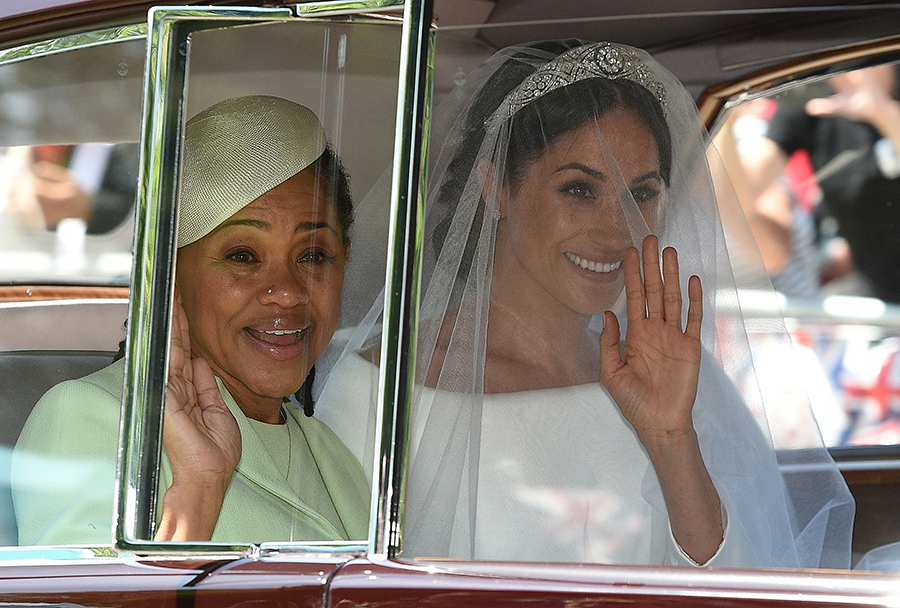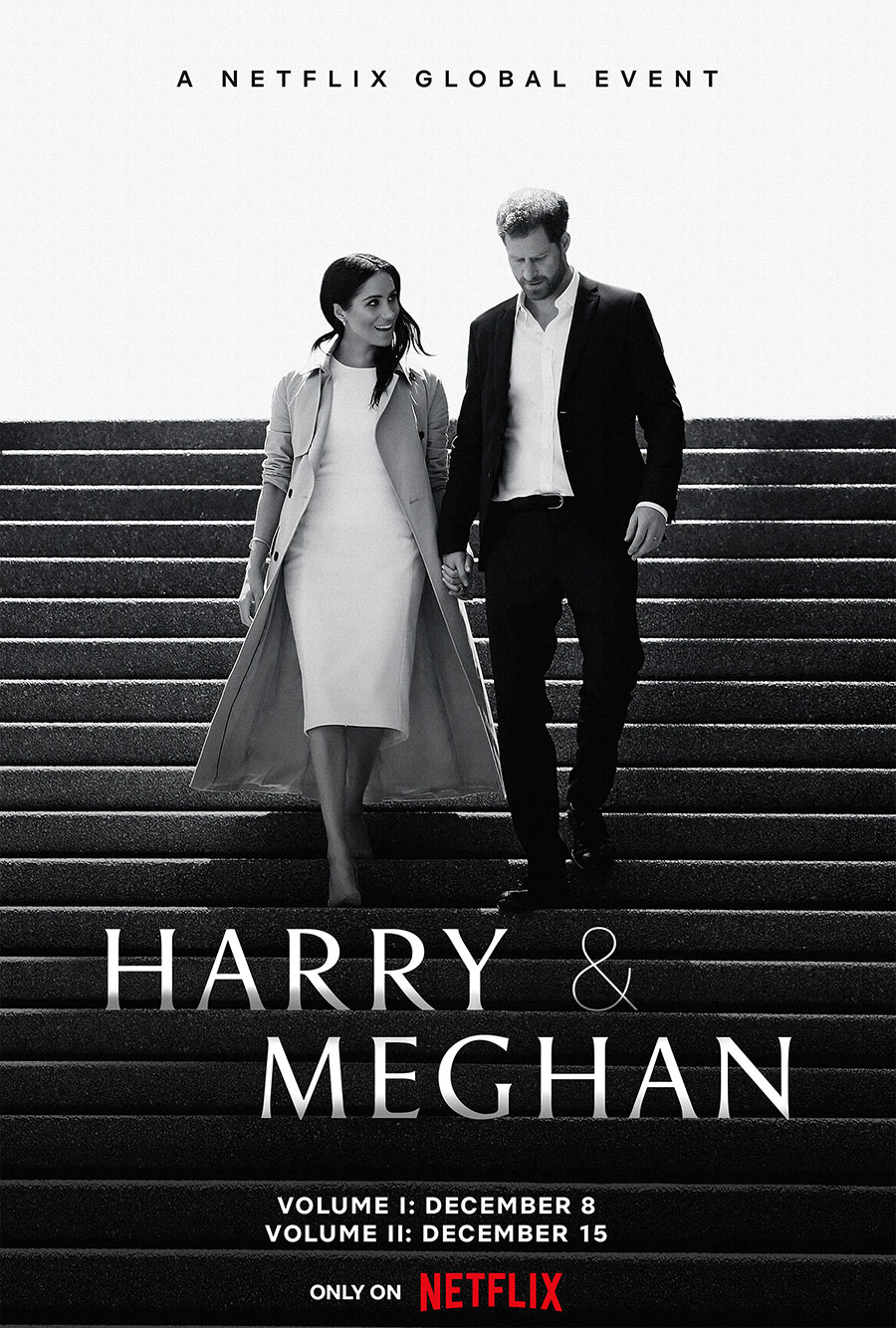‘Harry & Meghan’ Doc: Their Love Story, Reflections on Diana and Other Key Revelations From First Episodes

The couple, seen here in London in 2020, pitched their doc series as a love story — their love story. Photo: Samir Hussein/WireImage/Getty Images
Warning: This story contains spoilers about the new Netflix documentary Harry & Meghan: Becoming Royal.
Buckingham Palace is still standing. The hotly anticipated first three episodes of Harry & Meghan: Becoming Royal dropped this morning at 3 a.m. EDT. A predawn viewing reveals that no fresh accusations of instances of racism and/or direct criticism of the new King and the new Prince and Princess of Wales have been lobbed. There is a note at the beginning of the series saying that all interviews were conducted before August 22 (before the Queen’s death), and a second one that said the Royal Family declined to comment.
There are, however, plenty of stories likely to be tweezed out by the tabloids and the broader media this morning. The only mention of Kate came in an indirect form from Meghan, who related meeting her now-husband’s brother and his wife, their neighbours at Kensington Palace, barefoot and in ripped jeans. “I was a hugger and have always been a hugger. I didn’t realize that that was really jarring for a lot of Brits,” she says, implying Kate was taken aback by her show of friendship. “I guess I started to understand very quickly the formality on the outside, carried through on the inside.” In her view, which is relatable for us North Americans, you get to be yourself at home. “There is a forward-facing way of being, and then you close the door and you are like, ‘Oh great. We can relax now.’ But that formality carries over onto both sides. And that was surprising to me.”
This story, despite its gossipy hook, is illustrative of the entire production. The six-hour documentary series is a hybrid of fly-on-the-wall American reality TV and a more formal documentary that attempts to place some historical context around events (the history of slavery and the Crown’s role in it, most notably, but also the political backdrop of Brexit debates, circa 2016 to 2018, when Meghan met Harry, moved to England and got married, and the way the country turned against immigrants and rallied around “traditional” a.k.a. white Britishness).
What it also underscores, in the case of Harry and Meghan’s love story, is how very different British and American cultural norms are. As Canadians, we live in somewhat of an in-between space, between the two in culture and tradition. That the royals are different from everyone, though, has never been in dispute. Yes, it would be weird to have to curtsey to your boyfriend’s grandmother, but we’ve heard that story before.
My main quibble thus far into the saga is exactly that: We’ve heard a lot of Meghan and Harry’s stories before — the Ivory soap campaign that shows Meghan’s early tenacity and social justice awakening springs to mind. But here, they maintain, they are telling them differently. Different from the engagement interview, for instance, they each retell the engagement story (this footage is peppered with a phone call, recorded presumably between Meghan and her Toronto pal Jessica Mulroney, as we hear Meghan say, “Jess, Jess, it’s happening!”). We also learn that Harry did in fact get down on one knee on that famous roast chicken dinner night, and that he had to ask his grandmother.

Harry’s main narrative remains the same: the destructive nature of the press in his life, from early childhood through the death of his mother and onto the hounding of his wife and the magnification of pernicious racial slurs against her. This is a big part of the story. He does explain how the royal rota works, and the unsaid bargain the Royal Family has made for coverage, needed to maintain its relevance. “We pay you pose,” is what he calls the press’s stance (ostensibly on behalf of the taxpayers of Britain). We see some moving footage of young William and Harry, Beatrice and Eugenie skiing, and being forced to pose for the cameras to buy some privacy, privacy which never materializes. Here we see one of the rare shots of Diana in the series thus far, as she places her hands over a photographer’s lens and asks for a break for her kids on holiday.

Diana is ever-present, though. We get Harry comparing Meghan to her: “She has the same compassion, she has the same empathy, she has the same confidence.” We get a peek at little Lilibet, in Meghan’s arms, reaching out to a portrait of Diana, with Meghan saying “That’s Gramma Diana.” We hear Harry say, “My mother certainly made decisions from the heart,” adding, “I am my mother’s son.” Here is what could be considered a sideswipe at his brother: “There can be a temptation or an urge to marry someone who fits the mold, as opposed to somebody who you perhaps are destined to be with.”
The couple pitched this as a love story, their love story, and there is much background on that. The pair reveal, for instance, that they actually met on Instagram! Harry, who goes by Haz to his friends, told a confidante he saw a photo of Meghan with a dog ear and nose filter and thought she was cute. She asked to join his (private) Instagram, because, she says, that’s how you get to see a real person and what they are interested in. She was taken by his pictures of his conservation work in Africa. They chatted, they set up drinks when she was in London.
We learn about their first date, how Harry showed up late, and Meghan was the one to invite him to dinner the next night. They talk about their trip to Botswana, effectively their third date, and being in a tent together for five days, as Meghan says “No distractions, no cellphones, no how do I look?” She relates the story of how an elephant was munching leaves above their tent and Harry reassured her they would be fine. He said, “Promise I will keep you safe,” a refrain that echoes through the series, that he has done everything to keep her and their family safe, including leaving England (though that is covered in the next drop of episodes, next Thursday.)
The series follows a rough linear timeline, but there is some skipping around that I found disorienting. There are some new voices, friends of the couple who speak out on camera for the first time, some of them telling stories about how they themselves were pursued by the press. We learn about how Meghan’s Toronto neighbours were harassed (and how one set up a camera to see into her backyard at the behest of the hungering tabloid throngs).
Two notable “new” voices are Doria, Meghan’s mother, who has a lot to say and expresses her relief at being able to say it now. She relates her own experience in being pursued by camera lenses and microphones, and her disappointment at her ex-husband for selling out. There is a section on Thomas Markle, and how he ghosted his daughter before the wedding. There is also some touching footage of him with Meghan as a young teen, and of Harry saying that he feels responsible for her losing her father. Meghan’s niece, Ashleigh (daughter of Samantha Markle, the half-sister who threw metaphorical eggs at Meghan throughout the whole runup to the wedding) is introduced. We learn the two were very close. Ashleigh was estranged from her mother, and raised by her grandparents, but Meghan struck up a close bond with her as a young adult. There is a scene where both relate their hurt that the palace suggested Ashleigh could not attend the wedding to keep her biological mom from flaring up in the press any further.

The narrative feels heavier on Meghan’s past, but then again, we know so much about Harry’s. Queen Elizabeth II only appears once, in archival historical footage of her speaking about the Commonwealth. Charles is barely shown, and Camilla is thus far non-existent, William is not much mentioned or shown. The famous press conference when Harry and Meghan and William and Kate were dubbed (ever so briefly) “the fab four” is used to show how Meghan was the first royal to reference movements such as #MeToo.
One important things Harry does address, head-on, is the Nazi uniform incident in his teens, calling it “the biggest regret of my life, I felt so ashamed afterward.” He relates that he went to speak to a rabbi, and to a Holocaust survivor to learn more.
This discussion rounds out into the territory of systemic racism, and what photographer Misan Harriman, a friend of the couple, calls “the echo chamber of absolute privilege” at another point in the series. Says Harry: “In this family, sometimes you are part of the problem rather than part of the solution. There is a huge level of unconscious bias,” he says. “The thing with unconscious bias, it is actually no one’s fault. But once it has been pointed out, or identified within yourself, you then need to make it right.”

We see little Archie talking, in a completely normal and charming three-year-old kind of way about his dirty feet while his Papa (as Meghan calls him) tries to point out a moment with a hummingbird at its feeder, bright SoCal sunshine pouring all around them. Speaking of names, it is reinforced many times that Meghan is Meg to all her near and dear. We hear Archie’s little voice describing a sunset. “Well it’s all done beautiful,” says the tyke.
The line from Prince Harry that will likely encapsulate the entire series works because it very much rings true: “She sacrificed everything she ever knew, the freedom that she had, to join me in my world. And then pretty soon after that, I ended up sacrificing everything that I know to join her in her world.”
To Be Continued:
As for next week, the preview trailer promises: “Family and family business are in direct conflict.” There is much, much more to come!
RELATED: